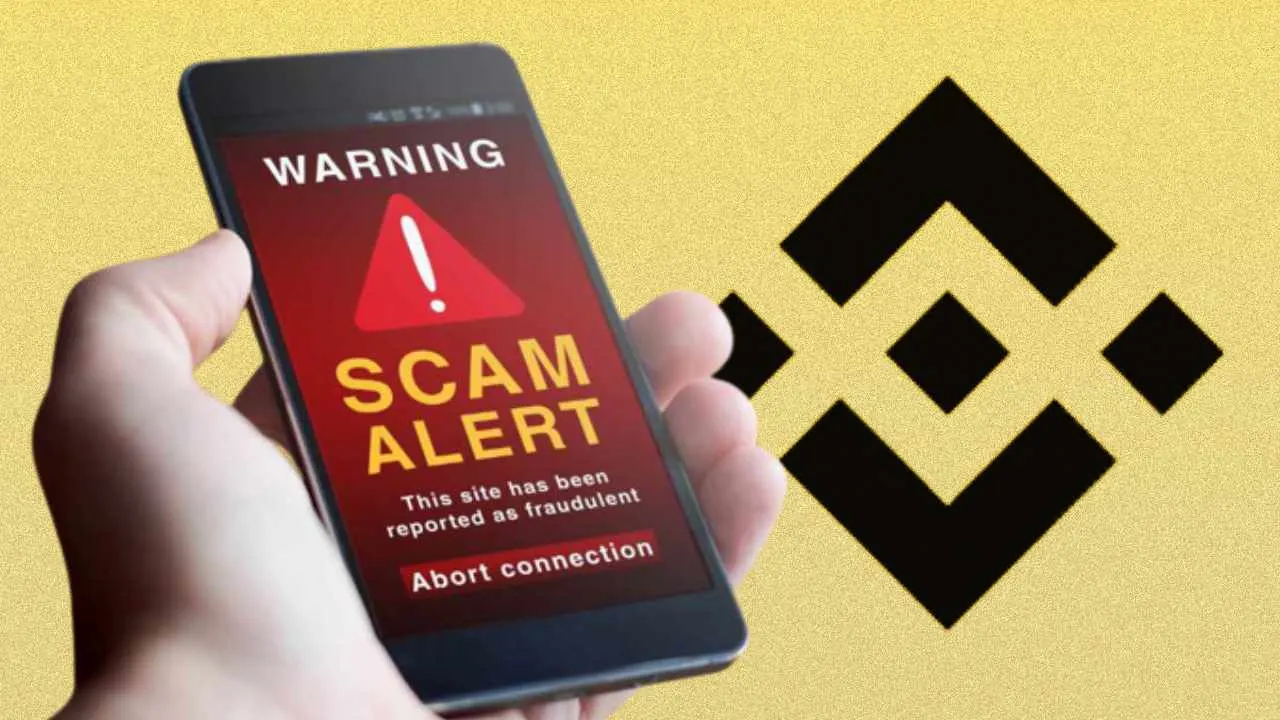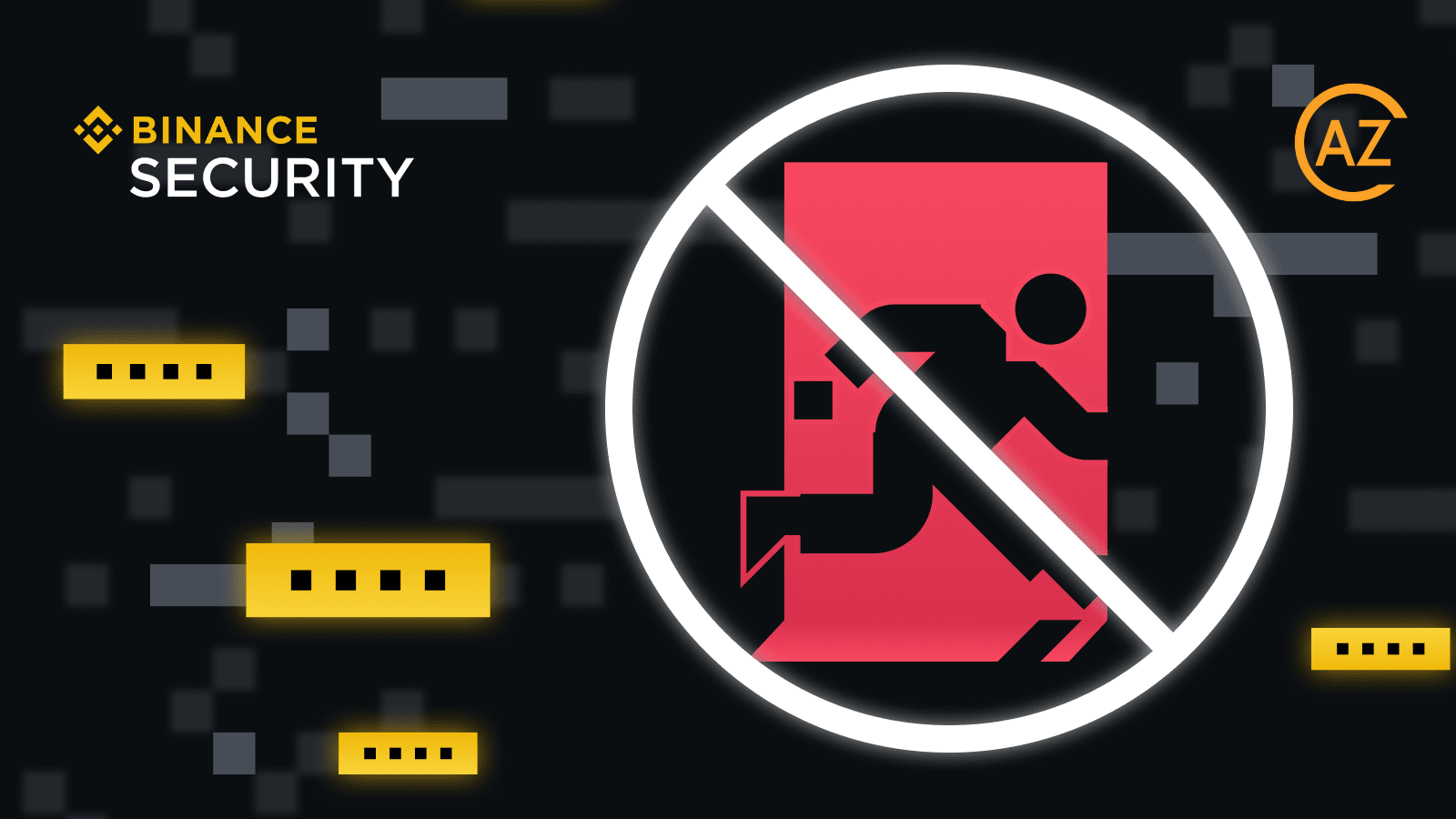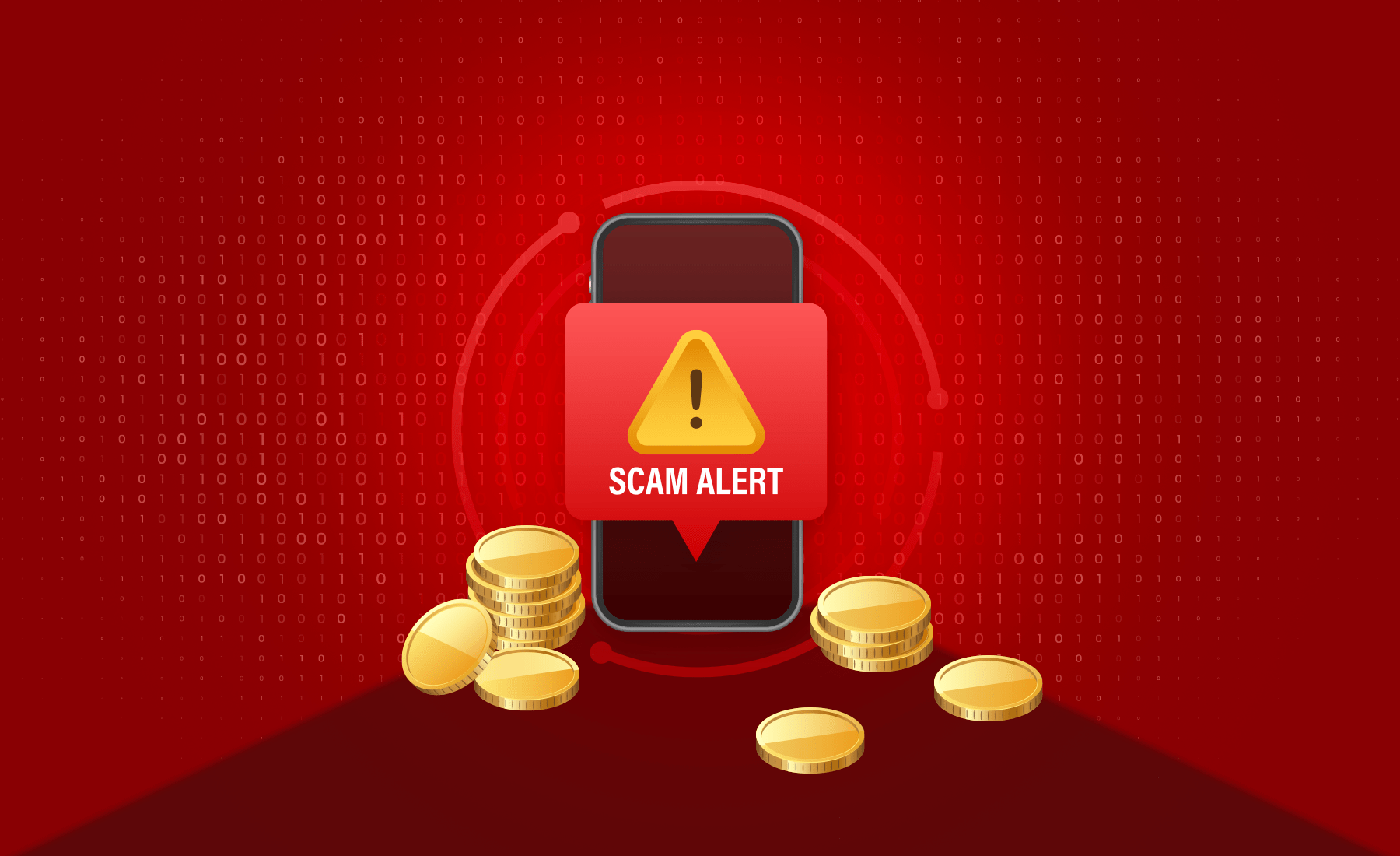Scams on Binance you need to watch out for
Scams on Binance you need to watch out for

Binance Source
Binance scams is a high‑intent keyword; this section outlines typical fraud patterns and protections.
Today, Binance is one of the largest cryptocurrency exchanges by trading volume. Many people view the crypto market as an investment channel and commit significant assets to exchanges. As a result, bad actors exploit knowledge gaps and loopholes to scam and seize assets from Binance accounts. Below are common scams on Binance that you should be aware of to protect your hard-earned money.
Loopholes exploited by scammers on Binance

P2P is a common trading method on Binance (Binance Source)
Peer-to-Peer (P2P) trading on Binance is a loophole that scammers can exploit to take users' assets.
First, Binance allows users to trade P2P freely and flexibly, but this method carries risks. When trading, investors transfer and receive money directly through personal bank accounts. This creates opportunities for scammers to deceive and cause users to lose money or crypto.
Moreover, all P2P transactions are private arrangements between buyers and sellers. When fraud occurs, users have limited ability to litigate or receive support. In addition, in some places, crypto transactions are not protected by law, making it hard to safeguard investor rights.
Finally, herd mentality and limited knowledge of the crypto market also contribute to investors becoming victims of scams on the exchange.
Common scam methods on Binance

Common scams on Binance
Below are common trading scams you should pay attention to in order to protect your assets.
Impersonating the Binance website
Scammers create websites identical to Binance, changing only a few characters or domain endings to confuse users. They push ads on major media channels or approach users via groups to distribute phishing links.
When users deposit and trade on the fake website, their money goes to the scammers. Stay vigilant, only trade on the official Binance site, and avoid suspicious links.
Impersonating Binance Support staff
Another common scam is impersonating Binance support staff. Bad actors use international phone numbers to pretend to be Binance support and contact users.
They provide false information to steal account data or directly withdraw funds. The targets are inexperienced users who are easily deceived by fake information.
Be cautious when receiving information from unverified sources. Do not share personal or account info. Only contact Binance through official channels on its website.
Fake proof of successful payment
Photoshopped images of successful transfers are a sophisticated tactic used in Binance P2P trades.
Scammers place P2P orders and use editing software to create fake images of successful transfers, then pressure the counterparty to complete the trade quickly. Victims trust the images without verifying, leading to losses.
To avoid this, verify actual payments and don't finalize trades based solely on screenshots.
Fake international payment confirmation emails
Attackers exploit international payment app workflows to send fake payment notifications to the seller's email.
Believing the payment is confirmed, victims release assets, but the seller never receives the money.
This happens because users don't verify payment details and expose their email/contact info. Protect personal data and verify carefully before confirming.
This is an aggressive tactic on international Binance trades. Stay vigilant.
Changing the sale price during a trade
Price manipulation during P2P trading is a common tactic to defraud victims.
Scammers list very attractive prices to lure buyers, then use bots to automatically increase the price during payment. Victims often fail to notice and proceed. Later they discover the discrepancy.
Example: They list 1 USDT at 20,000 VND. You rush to buy it. When you begin, the bot raises it to 50,000 VND. You lose 30,000 VND due to oversight.
Because the change is quick, it's hard to detect. Always double-check prices before paying and contact support if something looks wrong.
Impersonating authorities to threaten victims
In some countries, crypto assets and Binance's presence are not legally recognized or protected. Scammers exploit this by impersonating authorities to threaten victims with claims of 'dirty' or illegal money.
When they notice large transactions, they contact victims claiming the funds are illegal, then lure them to other platforms and demand personal information under the guise of legal resolution.
This tactic is dangerous because it exploits fear. Stay alert. Trade moderate amounts or use reputable OTC services.
Persuading victims to cancel orders
Scammers often persuade buyers to cancel P2P orders after payment using promises of bonuses or excuses like technical errors.
After receiving money, they disappear. Only cancel orders through Binance and contact support to resolve disputes.
Using multiple orders to scam
Scammers place multiple buy orders for the same amount but transfer funds for only one. Sellers see many incoming transfers and think the total matches, then release all orders.
Always verify that the total received matches the total value of all orders.
Placing two identical orders on two accounts
Two accounts place identical orders and send transfer images to each other. The second account asks the seller to unlock the order before confirming payment.
After receiving the assets, the other party transfers money and may even accuse the seller. Verify buyers carefully before releasing assets.
Delaying so that orders auto-cancel
This tactic targets new users. Scammers guide the buyer through the process but delay conversations so the buyer forgets to confirm payment within 15 minutes, causing auto-cancellation.
Learn the process carefully and act quickly after transferring funds.
Exploiting complex numbers to underpay
Scammers exploit visual confusion with long numbers. Example: Required amount is 582,587,682 VND but they transfer 528,587,682 VND, tricking the seller into thinking it's correct.
Careless sellers may confirm and then face disputes over missing funds.
Check every digit before confirming trades and report suspicious cases promptly.
Intentionally mismatching bank account information
Scammers provide two different bank accounts: one in the payment section and another in supplemental info, tricking buyers into sending to the wrong account.
Only transfer to the account shown in the 'Pay the seller' section. Do not use external supplemental info.
This is a sophisticated scam to steal money. Be careful when doing P2P trades on Binance.
Notes to prevent scams when trading on Binance
To avoid Binance scams, keep in mind the following:
- Learn about Binance, order types, and payment methods before trading. Use only the official website.
- Set a strong password and enable 2FA. Do not share login/OTP with anyone.
- Verify counterparty information carefully, especially for international trades. Choose merchants with positive histories.
- Do not confirm trades before receiving confirmation on Binance. Double-check payment details.
- Avoid high-risk times like late at night. Limit large trades if you're unfamiliar.
- Keep transaction screenshots as evidence for disputes. Report suspected scams immediately.
- Do not share information via phone, email, or social media such as Zalo or Messenger.
By applying these measures, Binance trading will be safer and more transparent. Caution helps you avoid unnecessary risks.